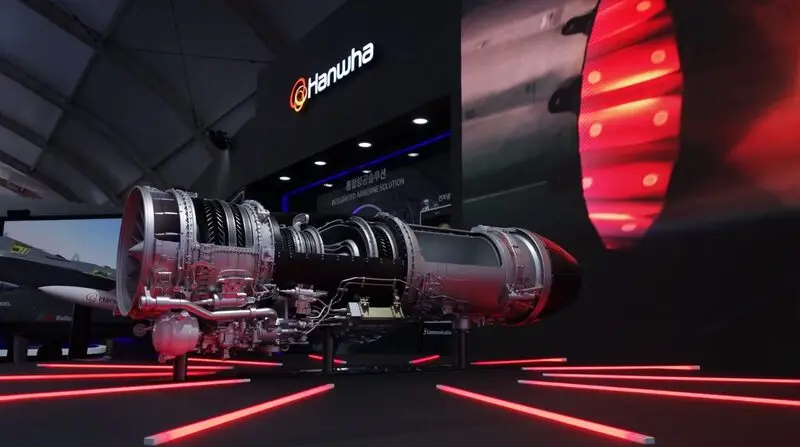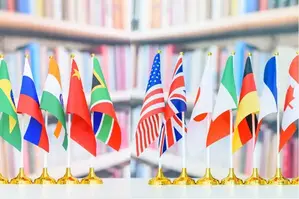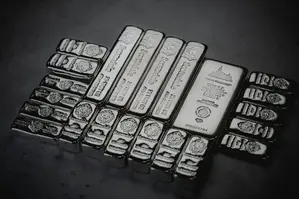Hanwha Aerospace’s stock rally has transformed the South Korean defense manufacturer into the world’s best-performing defense stock over the past five years, with shares skyrocketing over 3,100% as global defense spending and military contracts continue to rise. This remarkable growth comes as countries worldwide reassess their security alliances and defense capabilities in an increasingly unstable geopolitical environment.
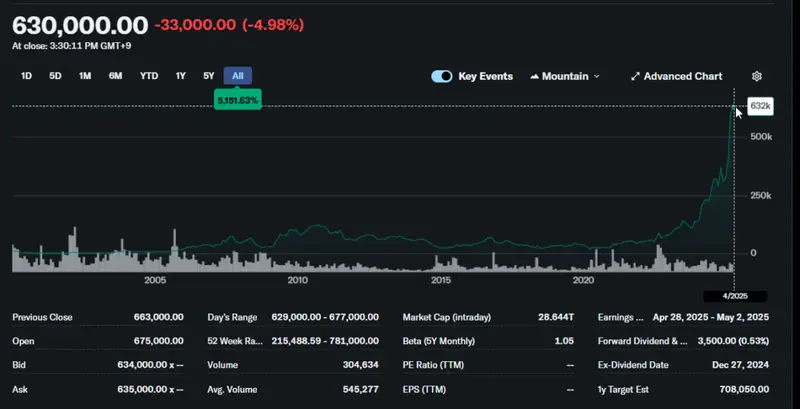
This Hanwha Aerospace stock rally has surprised a lot of people. But, if you really think about it, arms sales going through the roof is not a very surprising feat when considering the state of geopolitics at the time of writing.
Also Read: De-dollarization Fails? Analysts Reveal Why the USD Is Unstoppable!
Hanwha Aerospace’s Explosive Growth in Defense Sector & Future Prospects
The defense industry has really witnessed some monumental shifts in the last few years. Conventional weapons were again in high demand. Hanwa Aerospace has taken advantage of this trend and used its decades of real experience with manufacturin conventional and yet affordable arms.
South Korea’s Rising Position in Global Arms Exports
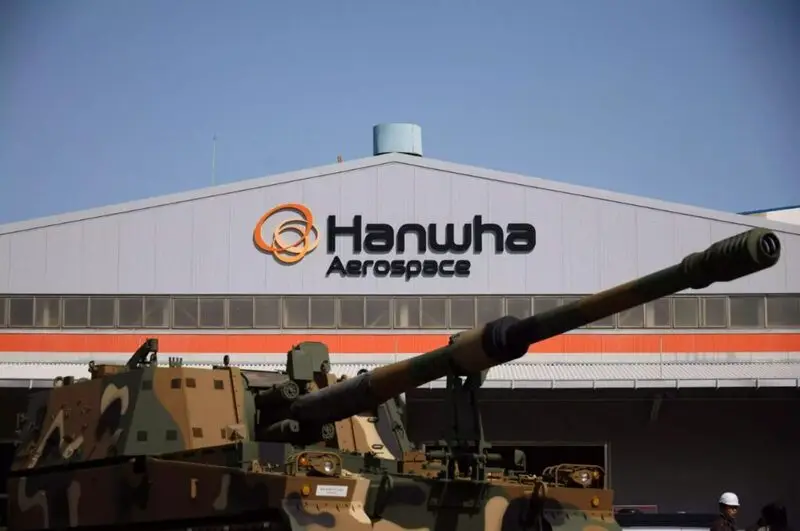
Hanwha Aerospace’s success mirrors South Korea’s growing prominence in the global weapons market. Currently ranked as the world’s 10th largest weapons exporter according to the Stockholm International Peace Research Institute, South Korea aims to climb to fourth place by 2027.
Choi Kwangwook, chief investment officer at TheJ Asset Management, said:
“We are witnessing signs of a new Cold War as every country is seeking to strengthen its own security, demand for weapons is exploding now.”
This surge in demand has been especially pronounced for conventional weapons systems that Hanwha specializes in manufacturing, such as the K9 self-propelled howitzers that were sold to Poland and Romania (previously), as part of a major weapons supply agreement.
Competitive Advantages in a Changing Market
Hanwha’s market advantage stems from its continued production of conventional weapons and armored vehicles, even as many competitors shifted focus to newer technologies like drones and AI-based systems.
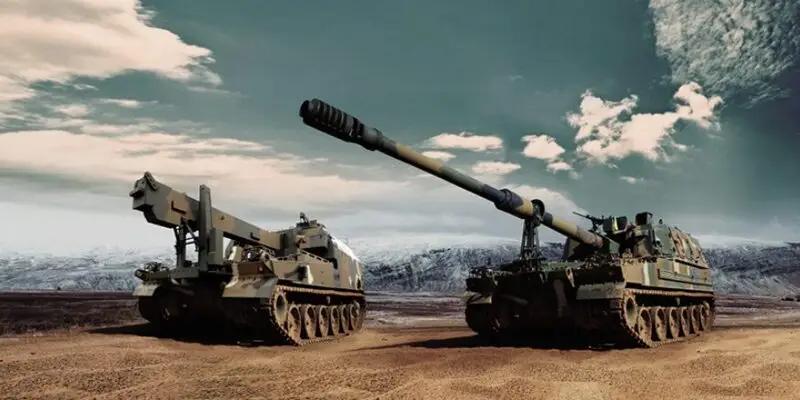
Lee Chaiwon, chairman of Life Asset Management said:
“There are very few countries in the world that produce these kinds of old-fashioned weapons and no one expected so far we would badly need them again for a war with land-based troops, South Korea definitely has an edge in production of these obsolete weapons.”
The company’s ability to deliver high-quality weapons quickly has also been praised by international leaders. Polish President Andrzej Duda noted during a NATO visit:
“Why did we buy South Korean weapons? The reason is pretty simple. We think South Korean partners would be able to supply high-quality weapons within a few months.”
Also Read: Shiba Inu (SHIB) & Ripple (XRP) Weekend Price Prediction
Ambitious Expansion Plans
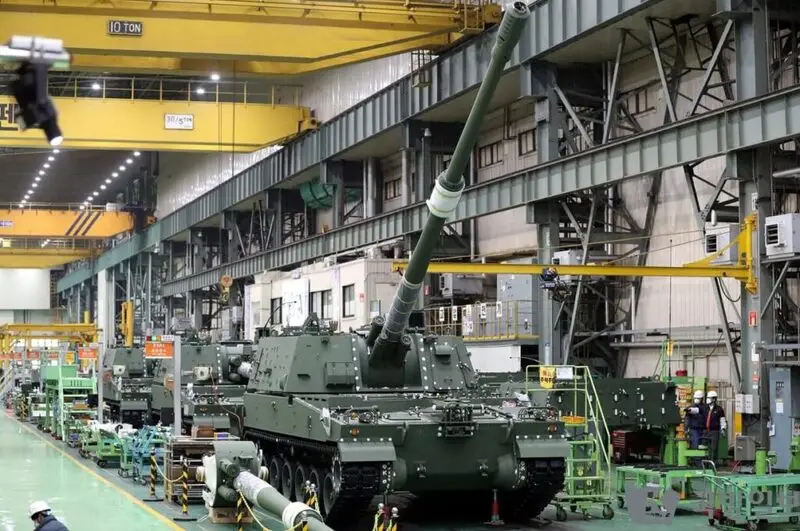
Hanwha Aerospace recently announced plans to raise 3.6 trillion won (approximately $50 billion) through what would be South Korea’s largest rights offering ever, according to Bloomberg data. Hanwha Aerospace will of course invest these funds in overseas plants and acquire stakes in foreign partners.
The company has already begun this expansion by purchasing a 9.9% stake in Australian shipbuilder Austal Ltd and acquiring the Philly Shipyard in Philadelphia for $100 million last year.
Future Outlook and Investment Considerations
Despite concerns about corporate governance that led to a temporary stock selloff, many analysts maintain positive outlooks on Hanwha Aerospace’s prospects.
Nomura Securities analyst Eon Hwang stated:
“Despite the concerns regarding governance, we expect near-term catalysts to drive its share price recovery. We recommend Hanwha on the back of its strong earnings growth, overseas new orders and attractive valuation compared to peers.”
The company’s valuation remains competitive at 19 times expected earnings, considerably lower than European counterparts like Rheinmetall AG (41 times) or Leonardo SpA (25 times).
Also Read: Cronos Jumps 7.51% to $0.113: Will CRO Keep Rising in April?
By 2035, Hanwha aims to generate 70 trillion won in revenue with 10 trillion won annual profit upon completion of production facilities across Europe, the Middle East, Australia, and the US.
While the long-term outlook appears promising, HSBC‘s head of equity strategy Herald van der Linde offers a measured perspective:
“Korea has exposure to shipbuilding and others. It can gain market share because generally the Americans or the Chinese are not going to buy from each other. But it’s the same as with other sorts of hype, like AI. At some point in time you’re gonna say everybody loves AI and if everybody loves it, you have to be careful.”
